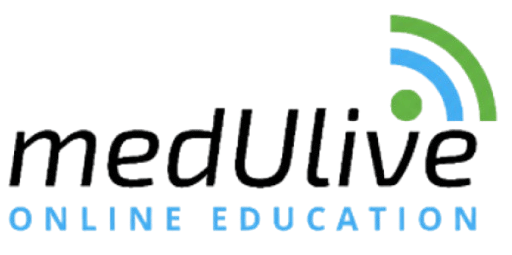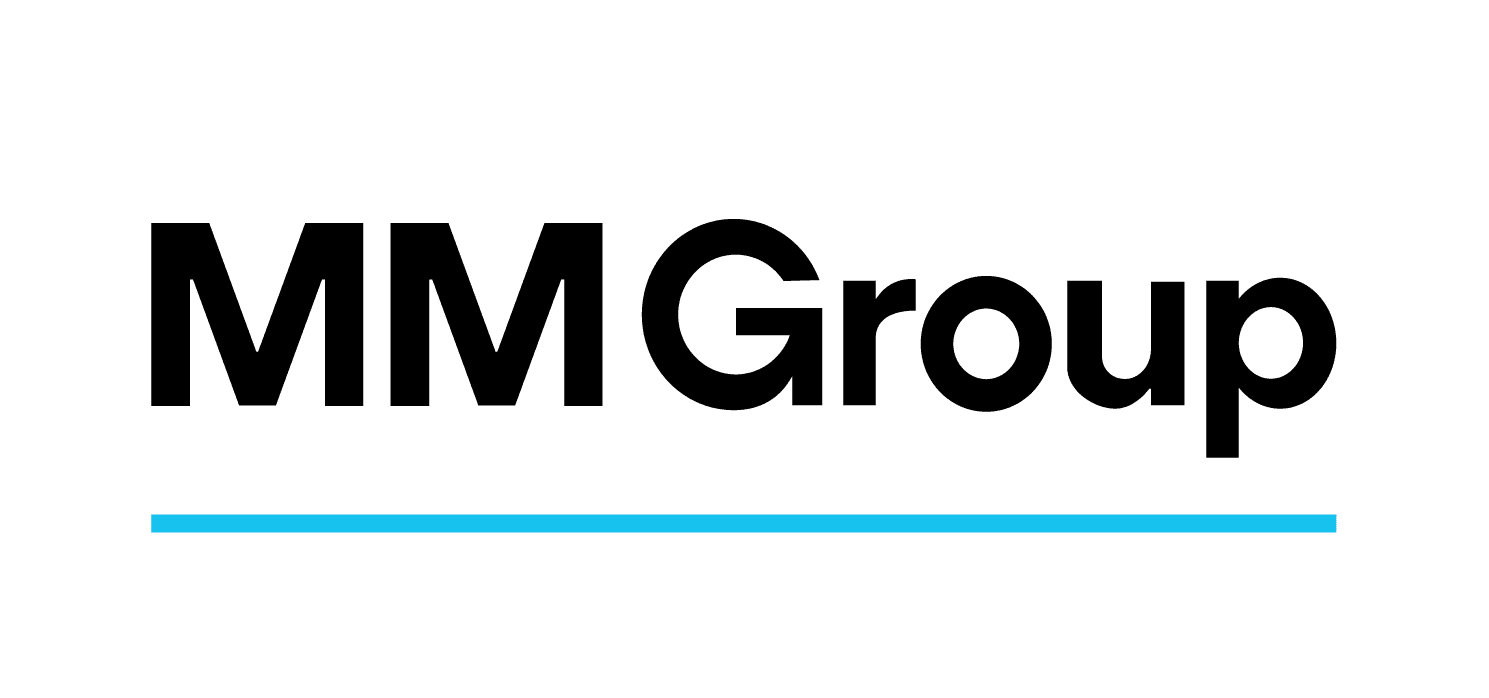Back to Blog
Awareness Campaigns
Featured
Beyond the Slogans: 3 Surprising Ways Campaigns Actually Drive Change
We often see campaigns as noisy, temporary fixtures of the political landscape. But beneath the surface of slogans and rallies, a sophisticated engine of connection is humming. Far from being simple appeals for attention, effective campaigns are powerful and often counter-intuitive tools that unify people and drive fundamental societal change.

The Power of Campaigns: Uniting Voices and Inspiring Change
1. Bringing Together Like-Minded Individuals
A primary function of any campaign is to serve as a catalyst for collective action by connecting individuals who, until now, may not have realized they share similar views. By raising awareness around a common cause, campaigns transform a disparate group of individuals into a temporary yet powerful, unified force.
Strategically, this approach is the most efficient path to empowerment: rather than attempting to change minds, the goal is to activate and unify those who are already aligned in their beliefs. This process is impactful because it converts isolated, personal concerns into a tangible and visible movement.
It marks a critical transition from private frustration to public validation, transforming the feeling of isolation ("Am I the only one who thinks this?") into an empowering collective identity ("We believe this, and we are not alone."). Campaigns effectively bring together disconnected individuals or groups who share common ideas, thereby creating a stronger force for change.
2. Facts Alone Don't Trigger Change—Feelings Do
Effective campaigns operate on two levels in a precise sequence. First, they provide information to create a shared reality; next, they leverage emotions to inspire action within that reality.
The informational aspect raises awareness, showing people they are not alone in their concerns. However, this shared knowledge remains inert until the emotional component ignites it. By forging an emotional connection and offering clear, achievable actions, a campaign can transform passive agreement into active participation. Ultimately, people are driven to act by their personal feelings and experiences—not merely by data.
For any campaign strategist, creating an emotional link with the audience is non-negotiable. Without that emotional hook, a campaign risks becoming just another broadcast into the void.
3. Silently Shaping Health, Safety, and Community
While elections are the most visible examples, the most profound campaigns often go unnoticed. These campaigns form the invisible architecture that shapes public health, safety, and community norms.
Examples of this broad impact include:
- Mobilizing Public Support: Major policy changes, such as anti-smoking campaigns that led to public smoking bans.
- Raising Awareness of Dangerous Behaviors: State-run initiatives warning against issues like drunk driving.
- Promoting the Public Good: Encouraging actions such as blood donation or fundraising for disaster victims.
- Highlighting Overlooked Issues: Bringing attention to topics like mental health or the protection of endangered species.
The Power of a Unified Voice
Ultimately, effective campaigns function as sophisticated social engines that build powerful networks from disconnected voices, translating private feelings into public action.
The next time you encounter a campaign, take a moment to look beyond the slogan and consider the network it aims to build. Your awareness can contribute to a more engaged and informed community.









.jpg)